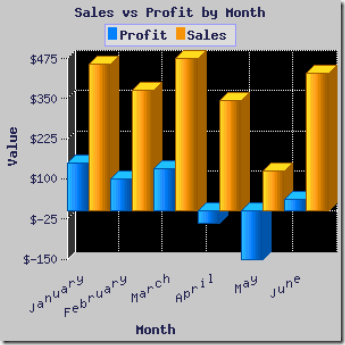However, we play golf with another Businessman. He, and his two daughters, runs a Machine shop, Precision Engineering and Custom Chromium Plating. 18 months ago he thought the downturn would only last a year. He had the cash, so he simply bunkered down.
He kept his employees, employed.
He gave extended credit to his customers.
And, he waited!

Now he is running out of Cash, and Cash counts.
It is not too late, he still has a core business, but his material suppliers want cash up front, and not all of his customers pay, many pay late.
He asked me to help sell.
But, the sale to cash cycle is 7 months and he no longer has 7 months of Cash.
Bank loans? Mortgage? I had to tell him, that the way he currently operates, in his real market, he will lose his home as well as his business.
Madness, is doing the same thing and expecting different results.
How do you recover?
Cash Control is number one, both cash spend and cash collection.
He has to size the workforce to the business, and he has to stop being his Customer’s Bank. NOW.
A quick product/Market scan showed his best Customers, in Cash terms are in France, moderate Margins but good payers.
I’ve sent HIM on a sales call.
All Customers 10,000 € in arrears are now on credit stop pending payment. No shipments until the account is cleared, and future “deals” are 30% on order, 30% on manufacturing start and 40% on completion. This represents his business cycle of Material purchase, Worker hourly rate, and Margin.
I have been handling Difficult Customers, and keeping “the family” away from them.
I am, with some success, offering 10% Cash Back for less than 30 day payments,
and I do mean CASH.
 The ‘will not pay’ are not getting any shipments,
The ‘will not pay’ are not getting any shipments, the 'cannot pay' I am looking at on a case-by-case basis.
This is not “hard headed”,
they should have been doing this anyway,
but now they have to do it.
It’s a good business, they are good people, I hope we can save their business.
Then I can tell them about Flat worlds,
Facebook, Twitter, Blogs and Selling in 2011.
Right now it’s more basic than that.







